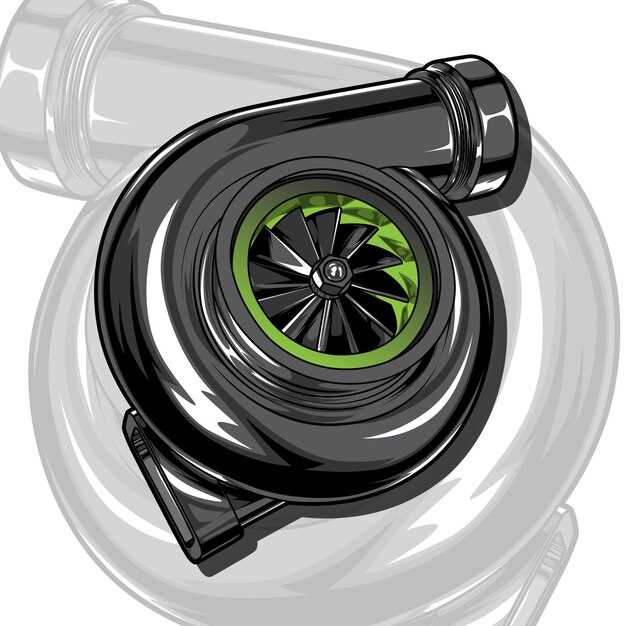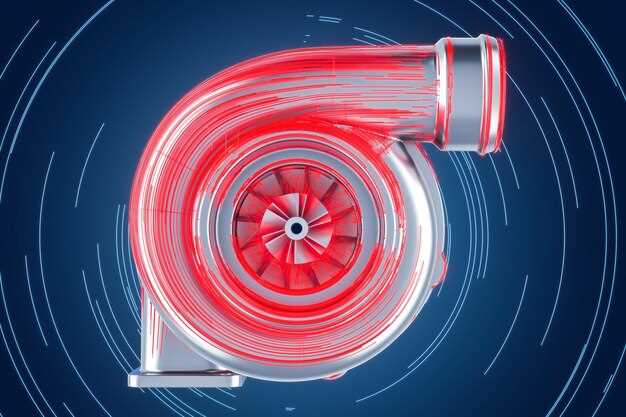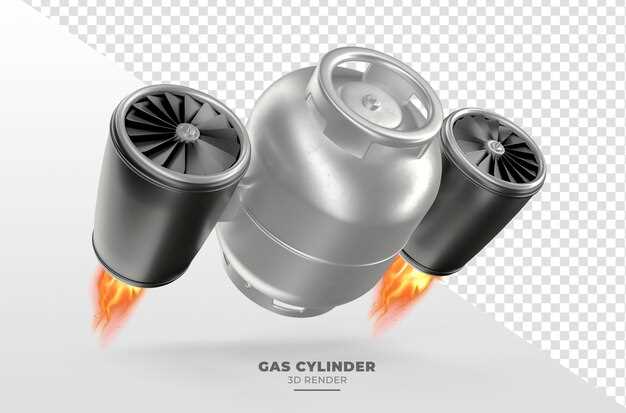
When it comes to enhancing your vehicle’s performance, two popular options often emerge in discussions: superchargers and turbochargers. Both are designed to boost the power output of an engine, but they operate on different principles, each with its own benefits and drawbacks. Understanding how these systems work can help you make an informed decision about which one is best suited for your needs.
Superchargers work by compressing the engine’s intake air, providing immediate power gains as they are mechanically driven by the engine’s crankshaft. This results in a more linear power delivery, allowing for an instantaneous boost in acceleration. However, superchargers can also increase the engine’s load and consume more fuel, which may not be ideal for every driver.
On the other hand, turbochargers utilize exhaust gases to spin a turbine, which draws air into the engine. This process can produce a significant boost in horsepower without directly pulling from the engine’s power output. While turbochargers may suffer from “turbo lag,” their efficiency and potential for higher power output make them a popular choice for many performance enthusiasts looking to maximize their vehicle’s capabilities.
In this article, we will dive deeper into the intricacies of superchargers and turbochargers, helping you determine which option aligns best with your driving style and performance goals. Whether you prioritize immediate power or overall efficiency can greatly influence your choice in this ongoing debate.
Supercharger vs Turbocharger: Which is Best for Your Charger
When it comes to enhancing your vehicle’s performance, the choice between a supercharger and a turbocharger is critical. Both options offer unique advantages, yet they operate differently, which influences their suitability for various driving scenarios.
Below is a comparison of superchargers and turbochargers based on several key factors:
-
Power Delivery:
- Supercharger: Provides immediate power delivery, as it is mechanically driven by the engine. This results in instant throttle response.
- Turbocharger: Typically has a lag due to the need to spool up, which can lead to a delay in power delivery, especially at low RPMs.
-
Efficiency:
- Supercharger: Consumes engine power to produce boost, which can result in slightly lower overall efficiency.
- Turbocharger: Utilizes exhaust gases to spin the turbine, making it generally more efficient and better for fuel economy.
-
Installation Complexity:
- Supercharger: Typically easier to install, as it integrates directly onto the engine.
- Turbocharger: Installation can be complex, often requiring additional hardware like intercoolers and piping.
-
Cost:
- Supercharger: Generally more affordable in terms of initial purchase and installation costs.
- Turbocharger: Can be more expensive due to the components needed for proper installation and function.
-
Sound and Experience:
- Supercharger: Produces a distinct whine that many enthusiasts find appealing.
- Turbocharger: Generates a whooshing sound when releasing throttle and can produce a louder exhaust note when tuned properly.
In conclusion, the choice between a supercharger and a turbocharger depends on your specific needs and preferences. If you prioritize immediate power and ease of installation, a supercharger may be the best fit. On the other hand, if fuel efficiency and higher performance are your primary goals, a turbocharger might be the better option. Assess your driving style, budget, and desired outcomes to make an informed decision.
Understanding the Mechanisms: Supercharger vs Turbocharger

A supercharger and a turbocharger serve the same fundamental purpose: to increase the engine’s power output by providing additional air, commonly referred to as “boost.” However, their mechanisms of operation differ significantly.
Supercharger operates by using a belt connected to the engine’s crankshaft. This direct connection allows it to provide an immediate boost in power as the engine revs up. The supercharger compresses the intake air, increasing its density before entering the combustion chamber. As a result, more air and fuel can be introduced, leading to higher power output. However, this method consumes engine power to operate, which can lead to a decrease in fuel efficiency under certain conditions.
In contrast, a turbocharger utilizes the engine’s exhaust gases to spin a turbine connected to a compressor, which then draws in more air. This process allows the turbocharger to create boost without drawing power from the engine’s crankshaft directly. As the exhaust gases exit, they enhance the intake air pressure, thus improving combustion efficiency. Although a turbocharger can introduce a notable delay, often referred to as “turbo lag,” technological advancements have mitigated this issue in modern designs.
In summary, both superchargers and turbochargers effectively enhance engine performance through added boost; however, their operational mechanisms dictate their advantages and disadvantages. Superchargers deliver immediate power at the cost of efficiency, while turbochargers capitalize on exhaust energy to provide a more sustainable boost, albeit with potential lag. Choosing the right system depends on the specific performance needs and characteristics desired in a vehicle.
Performance Metrics: Speed, Power, and Efficiency Comparison
When comparing superchargers and turbochargers, it’s essential to evaluate their performance metrics, particularly in terms of speed, power, and efficiency. Both components serve to boost engine outputs but do so through different mechanisms, which influence their overall performance characteristics.
Superchargers deliver immediate power and enhance engine responsiveness. They are mechanically driven by the engine itself, which means that boost is directly linked to engine RPM. This results in a linear power increase, allowing for quick acceleration and high-speed performance. However, since they draw energy from the engine, superchargers can sometimes compromise overall fuel efficiency, especially at higher RPMs.
On the other hand, turbochargers utilize exhaust gases to spin a turbine, relying on the waste energy produced by the engine. This process allows them to achieve greater boost levels and higher power outputs without the direct energy consumption seen in superchargers. Turbos often excel in providing efficiency benefits, particularly at lower engine speeds, as they can significantly enhance fuel economy while still delivering increased power. However, they may experience turbo lag, which can delay response during acceleration.
In terms of speed, superchargers tend to offer more instant throttle response, while turbochargers provide a more gradual increase in speed that can lead to a thrilling experience once spooled up. The choice ultimately hinges on the desired driving characteristics; if a driver prioritizes immediate power delivery, a supercharger is likely the better option. Conversely, those looking for maximum power and efficiency might lean towards a turbocharger.
In conclusion, both superchargers and turbochargers have distinct advantages in speed, power, and efficiency. The decision between the two ultimately depends on personal preferences and specific performance goals. Each system can provide significant boosts to engine capabilities, tailored to different driving styles and needs.
Cost and Maintenance Considerations for Superchargers and Turbochargers

When considering the boost options available for your vehicle, understanding the cost and maintenance aspects of superchargers and turbochargers is essential. Both systems provide enhanced performance but come with different financial commitments and upkeep requirements.
Superchargers typically have a higher initial purchase price than turbochargers. This is partly due to their simpler design and the need for more robust components to handle direct power from the engine. Furthermore, installation costs can be significant, as superchargers often require custom mounting and modifications to the engine bay, leading to increased labor expenses.
In terms of maintenance, superchargers tend to require more frequent servicing. They are mechanically driven off the engine, which can lead to wear and tear on the unit. Consequently, regular inspections are necessary to ensure proper functioning and to avoid costly repairs. The need for oil changes in the supercharger system, along with the wear on belts and pulleys, should also factor into long-term cost calculations.
Turbochargers, while generally more affordable, come with their variable costs. They harness exhaust gases to create boost, which makes them more efficient. However, the complexity of turbo systems can lead to higher repair costs if issues arise, particularly with the turbo’s bearings and seals. The need for a robust intercooler and additional plumbing can further increase initial setup costs.
Maintenance for turbochargers is less frequent but can be more demanding when service is needed. Ensuring proper oil flow is vital for turbo longevity, which means using high-quality engine oil and keeping up with oil changes. Additionally, turbos may require a boost controller for optimal performance, adding to the complexity and associated costs.
Ultimately, whether you choose a supercharger or a turbocharger largely depends on your personal preferences regarding performance, budget, and willingness to engage in regular maintenance. Evaluating these cost and maintenance considerations will help you make an informed decision on which boost option is best for your charger.




